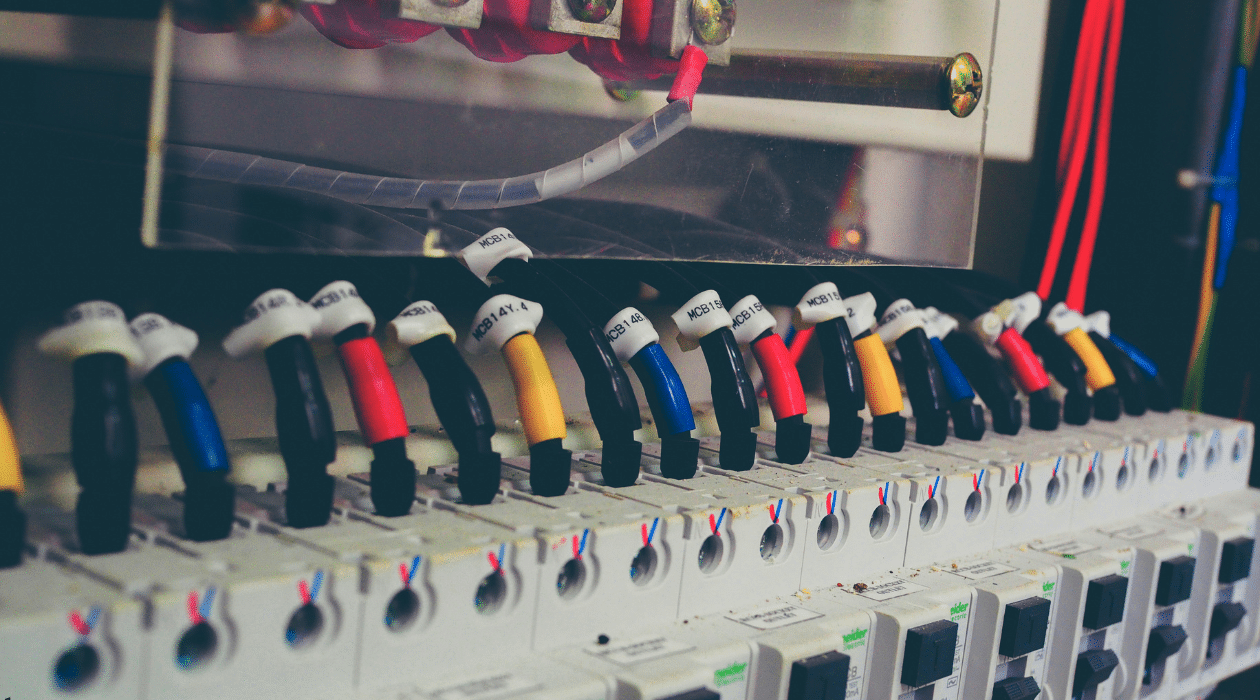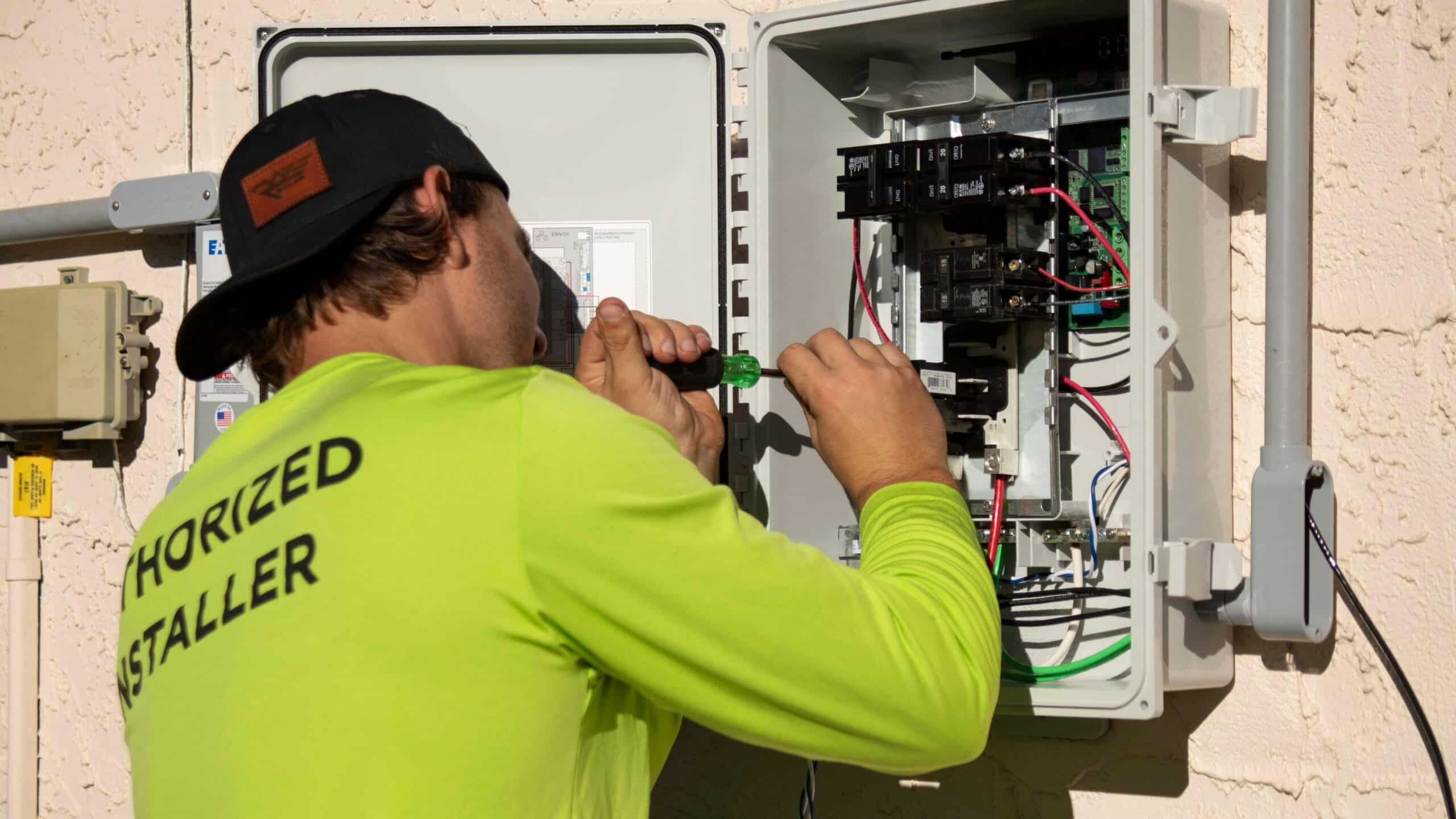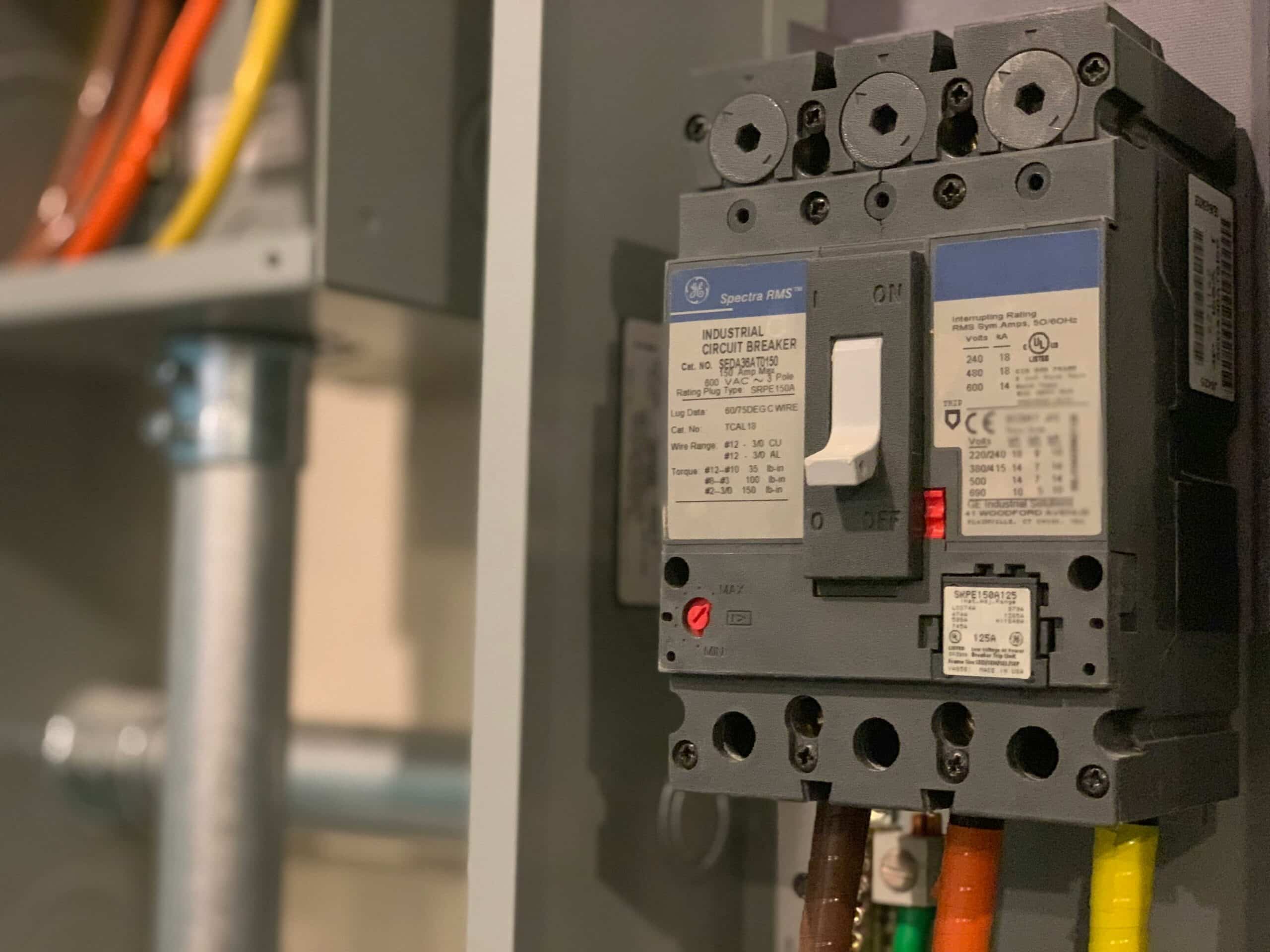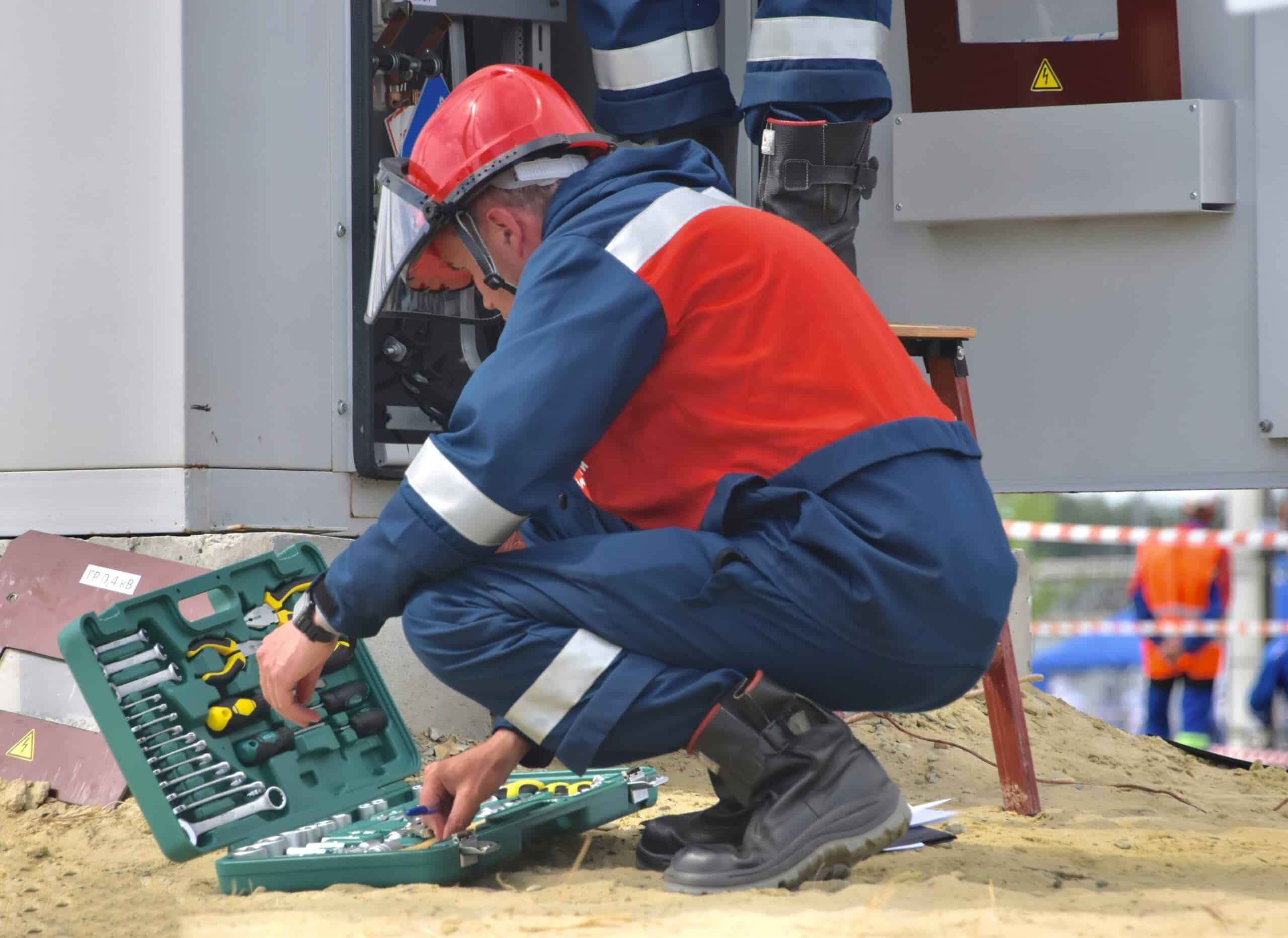Upgrading your electric panel might not top your weekend “to-do” list, but neglecting this critical component of your residential electric or commercial electric system can lead to frequent outages, equipment damage, and even fire hazards. At Griggs Electric, we’ve seen it all: outdated fuse boxes struggling under today’s power demands, overloaded breakers tripping at the worst possible moments, and DIY fixes that create bigger problems down the line. In this comprehensive guide, we’ll walk you through the most common panel issues, explain the advantages of modern breaker technology, and show how a professional electrical upgrade can safeguard your home or business. For expert service, visit our website.
Recognizing Overloaded Circuits Before They Trip Your Day
A sudden power loss in your kitchen mid-dinner? That’s often an overloaded circuit crying out for relief. Modern households routinely run high-demand devices, microwaves, dishwashers, window AC units, on circuits designed decades ago for a single light fixture. Signs you’ve hit the limit include:
Frequent Breaker Trips: A breaker that trips more than once a month is struggling.
Buzzing Sounds from the Panel: Loose connections or overload conditions can create alarming buzzes or crackles.
Warm or Discolored Switches: Heat buildup is a prelude to failure, and a fire risk.
LSA Term: load capacity
Why It Matters: An overloaded circuit not only interrupts your day but stresses wiring, shortening its lifespan.
Obsolete Fuse Boxes: When Antique Wiring Meets Modern Demands
If your home still sports a fuse box, you’re living in the past and courting real danger. Fuse panels from the mid-20th century simply can’t handle today’s power-hungry equipment:
Fuse Limitations: Fuses must be replaced when they blow, tempting homeowners to install oversized fuses that defeat safety mechanisms.
No Room for Expansion: Adding a home office, Wi-Fi booster, or EV charger often exceeds the fuse panel’s capacity.
Voltage Fluctuations: Without proper breaker coordination, voltage swings can damage sensitive electronics.
Upgrading to a modern breaker panel not only adds circuits but ensures consistent power distribution and eliminates the hazards of mismatched fuses.
Benefits of Modern Breaker Technology: Beyond Simple On/Off
Today’s circuit breakers are leaps and bounds beyond the simple toggle switches of yesteryear. Key advantages include:
Arc Fault Circuit Interrupters (AFCIs): Detect and interrupt dangerous arcing faults, one of the leading causes of electrical fires.
Ground Fault Circuit Interrupters (GFCIs): Protect people from electric shock by tripping when current leaks to ground, essential for bathrooms, kitchens, and outdoor outlets.
Dual Function Breakers: Combine AFCI and GFCI protection in a single device, reducing panel clutter and maximizing safety.
Surge Protective Devices (SPDs): Guard sensitive electronics by diverting voltage spikes caused by lightning or utility switching.
LSA Terms: breaker coordination, surge protection
Pro Insight: Installing AFCIs and GFCIs during your panel upgrade not only meets code requirements but substantially lowers fire and shock risks.
How Panel Upgrades Prevent Outages & Protect Equipment

An outdated panel can’t just trip breakers, it can lock down your entire electrical system:
Balanced Load Distribution: Modern panels allow proper load balancing across multiple phases, minimizing nuisance trips and uneven voltage.
Increased Amperage Capacity: Upgrading from a 60 A to a 200 A panel accommodates today’s high-powered appliances and future expansions.
Enhanced Heat Dissipation: New panels feature better bus bar design and ventilation, reducing heat buildup and the risk of thermal damage.
Monitoring & Diagnostics: Some advanced panels offer remote monitoring, alerting you to overload conditions before a failure.
When you invest in a professional electrical upgrade, you’re buying reliability, fewer service calls, fewer replacement costs for sensitive devices, and uninterrupted operations.
Common Signs It’s Time for an Electric Panel Overhaul
Not sure if your panel needs work? Watch for these red flags:
Breaker Panel Age Over 25 Years
Older panels often lack modern safety features and may contain recalled components (e.g., Federal Pacific or Zinsco panels).
Insufficient Circuit Space
If you’re out of breaker slots but still rely on extension cords or multi-outlet adapters, it’s a clear sign you need more circuits.
Flickering or Dimming Lights
Sudden flickers when other appliances run suggest a weak panel unable to maintain stable voltage.
High Electric Bills Without Increased Usage
Panel inefficiencies and leak currents can inflate your energy costs.
Burn Marks or Resin Drips
Any sign of scorching or residue around breakers indicates dangerous overheating.
Buzzing, Humming, or Strange Noises
As mentioned, sounds point to loose connections or overloaded circuits, both of which demand immediate attention.
If you see one or more of these, explore our panel upgrade services or call us for a safety assessment.
Steps Involved in a Professional Electrical Upgrade
Upgrading your panel isn’t DIY, here’s what to expect when you hire Griggs Electric:
Initial Assessment & Load Calculation
We survey your existing panel, review appliance loads, and perform a detailed load analysis per NEC guidelines.
Permitting & Planning
We secure necessary permits, draft wiring schematics, and schedule your upgrade to minimize disruption.
Panel Removal & Replacement
We disconnect power, remove the old panel, and install the new breaker box with upgraded bus bars and grounding.
Circuit Reevaluation & Expansion
Existing circuits are re-labeled and mapped; we add new breakers and dedicated circuits where needed.
Safety Device Installation
AFCIs, GFCIs, SPDs, and dual-function breakers are installed per code and best-practice recommendations.
Final Inspection & Testing
We test every circuit for proper voltage, ground integrity, and breaker operation, then coordinate municipal inspections.
This turnkey approach ensures your residential electric or commercial electric panel upgrade is compliant, safe, and future-ready.
.
ROI of Investing in an Upgraded Panel

While an electrical panel upgrade is an upfront investment, the long-term returns are substantial:
Reduced Maintenance Costs: Modern systems require fewer service calls and repairs.
Energy Savings: Properly sized and balanced circuits run more efficiently, lowering utility bills by up to 10%.
Insurance Benefits: Updated panels with AFCIs and GFCIs can qualify you for reduced premiums and lower liability.
Increased Property Value: Homes and businesses with up-to-code electrical systems are more attractive to buyers and tenants.
Peace of Mind: The ultimate ROI is safety, for your family, employees, and assets.
Conclusion: Secure Your Power with a Panel Upgrade
Outdated panels and overloaded circuits aren’t just inconvenient—they’re hazards. Upgrading to a modern electric panel equipped with advanced breakers, surge protection, and expanded capacity protects your operations, enhances safety, and ensures reliable power delivery.
Reach out to us: If you have questions about panel upgrades, breaker installations, or any electrical upgrades, call 614-837-1688 and visit our website. We’re proudly serving Columbus, Ohio, and ready to help you avoid outages and fire risks with professional, code-compliant solutions.





